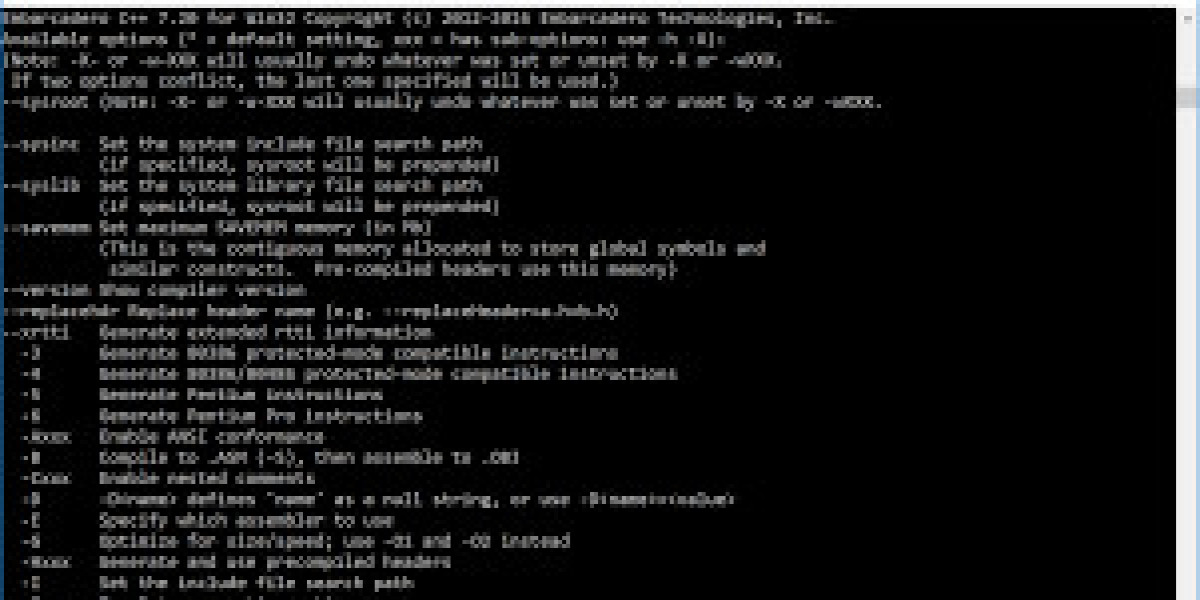C++ is a versatile programming language that is used in a wide range of applications, from developing software to building video games. Learning an online C++ editor can be challenging, but there are many resources available that can help you improve your skills and knowledge. In this article, we'll explore some different C++ programming series that you should try to enhance your understanding of this powerful language.
Fibonacci Series
The Fibonacci series in C++ is a sequence of numbers where each number is the sum of the two preceding ones, starting from 0 and 1. So, the first two numbers in the series are 0 and 1, and each subsequent number is the sum of the previous two numbers.
For example, the first 10 numbers in the Fibonacci series are:
0, 1, 1, 2, 3, 5, 8, 13, 21, 34
To calculate each number in the sequence, you simply add the two previous numbers. So, to get the third number in the sequence (which is 1), you add 0 and 1. To get the fourth number (which is 2), you add 1 and 1. And so on.
The Fibonacci series in C++ has many interesting properties and applications in mathematics, computer science, and other fields. It is often used as an example in programming exercises because it is relatively easy to understand and implement, yet it requires some basic programming skills to generate the sequence.
Factorial series
Factorial series is a mathematical sequence that involves multiplying a series of consecutive positive integers. To calculate the factorial of a positive integer n, we multiply all the positive integers from 1 to n together. For example, the factorial of 5 (written as 5!) is:
5! = 5 × 4 × 3 × 2 × 1 = 120
So, the first few numbers in the factorial sequence are:
1! = 1 2! = 2 × 1 = 2 3! = 3 × 2 × 1 = 6 4! = 4 × 3 × 2 × 1 = 24 5! = 5 × 4 × 3 × 2 × 1 = 120
Factorials are often used in probability theory and combinatorics to calculate the number of permutations and combinations of a given set of elements. They are also used in calculus to calculate the derivatives and integrals of certain functions.
One interesting property of factorials is that they grow very quickly as the input value increases. In fact, the factorial of just 13 (13!) is already larger than one billion. This rapid growth makes factorials impractical to calculate for large values, which is why many programming languages provide built-in functions for calculating factorials using efficient algorithms.
Prime number
A prime number is a natural number greater than 1 that has no positive divisors other than 1 and itself. In other words, a prime number is only divisible by 1 and itself, and it cannot be divided evenly by any other number.
Here are a few key characteristics and facts about prime numbers:
Prime numbers have exactly two distinct positive divisors: 1 and the number itself. For example, the number 7 is a prime number because its only divisors are 1 and 7.
Prime numbers cannot be generated by multiplying two smaller natural numbers. For instance, the number 15 is not a prime number because it can be divided evenly by 3 and 5, which are smaller natural numbers.
The smallest prime number is 2. It is the only even prime number, as all other even numbers are divisible by 2.
Prime numbers become less frequent as you move along the number line. There is an infinite number of prime numbers, but they become sparser as numbers get larger.
Prime numbers play a fundamental role in number theory and have practical applications in various fields, including cryptography, computer science, and data security.
Determining whether a given number is prime or not involves checking if it has divisors other than 1 and itself. This can be done through various algorithms and techniques, such as trial division or more efficient methods like the Sieve of Eratosthenes or the Miller-Rabin primality test.
Prime numbers have intrigued mathematicians for centuries due to their unique properties and significance in number theory. They continue to be a subject of study and exploration in mathematics and related fields.
Palindrome number
A palindrome number is a number that remains the same when its digits are reversed. In other words, it reads the same forwards and backwards. For example, 121, 1221, and 12321 are all examples of palindrome numbers.
Here are a few key characteristics and facts about palindrome numbers:
Palindrome numbers can be formed by reversing the digits of a given number and comparing it to the original number. If the reversed number is the same as the original number, it is a palindrome.
Palindrome numbers can have an odd or even number of digits. For example, 121 has three digits, while 1221 has four digits. Both are palindrome numbers.
Palindrome numbers can be found in any base system, not just the decimal system. For instance, in the binary system, the number 9 (which is 1001 in binary) is a palindrome.
The smallest palindrome number is 0. Since it reads the same forwards and backwards, it is considered a palindrome.
Palindrome numbers can occur in various contexts, such as dates (like 11/11/11), word patterns, or in other mathematical sequences.
Palindrome numbers are an interesting concept that has applications in mathematics, computer science, and linguistics. They are a subject of exploration and fascination due to their symmetrical properties and patterns.
C++ programming can be a valuable skill to have in your toolkit, whether you're pursuing a career in software development, data analysis, or any other field that involves coding. By exploring different online C++ editor programming series, you can deepen your knowledge and gain new insights into how to write efficient, effective code. Whether you're a beginner or an experienced programmer, there's always something new to learn when it comes to C++. So why not give these programming series a try and see how they can help you enhance your skills and take your programming to the next level?



